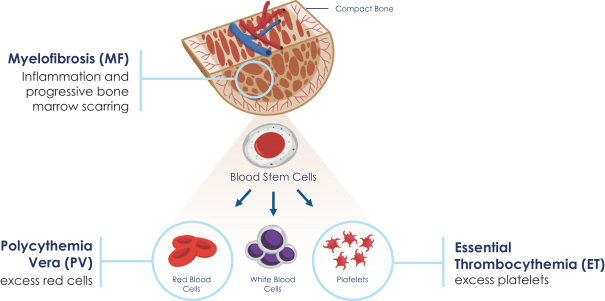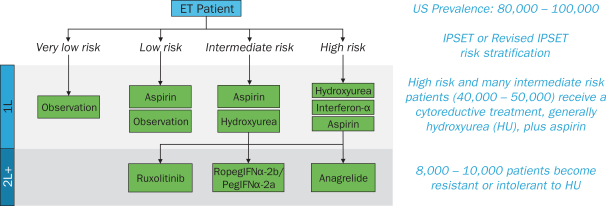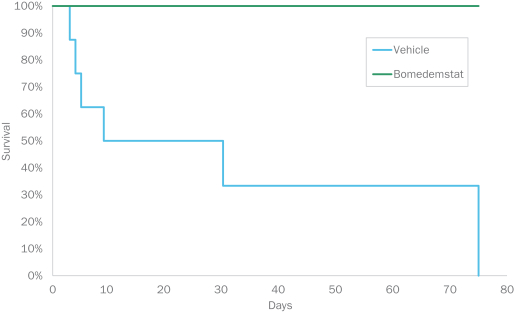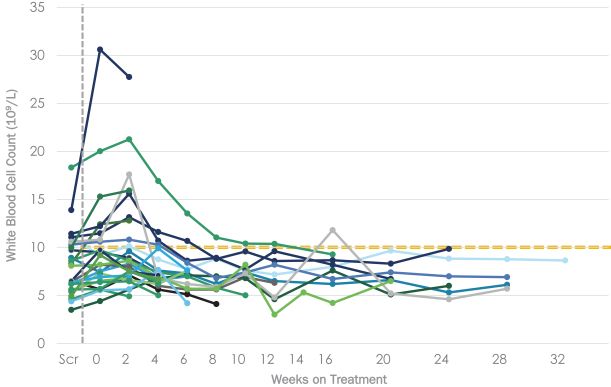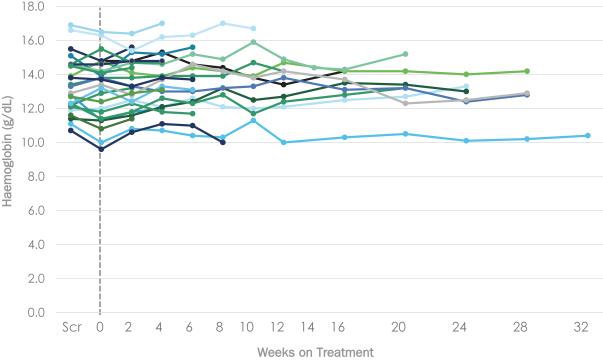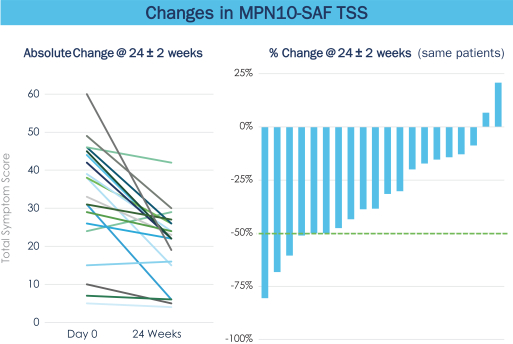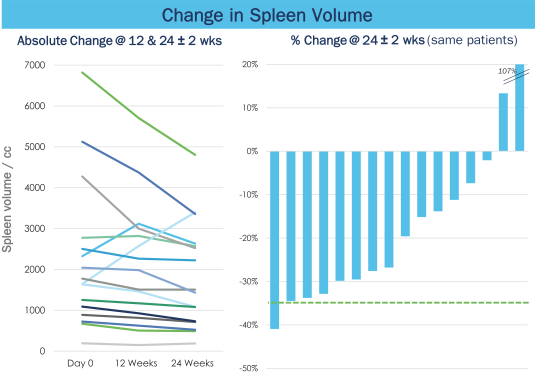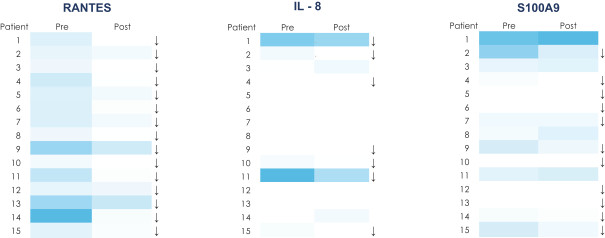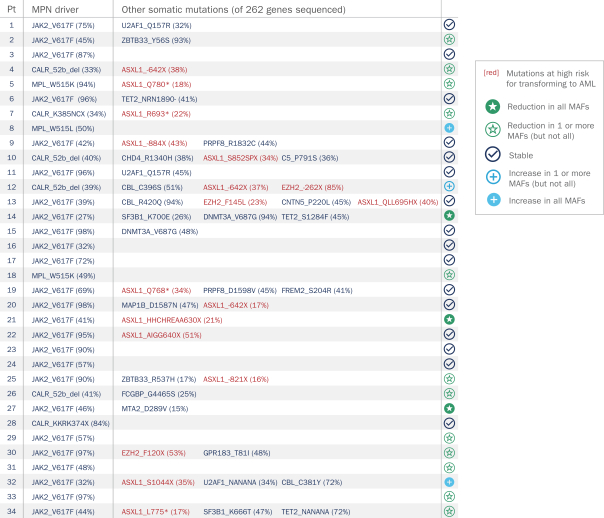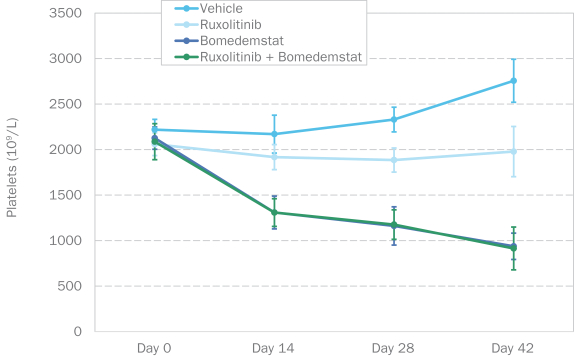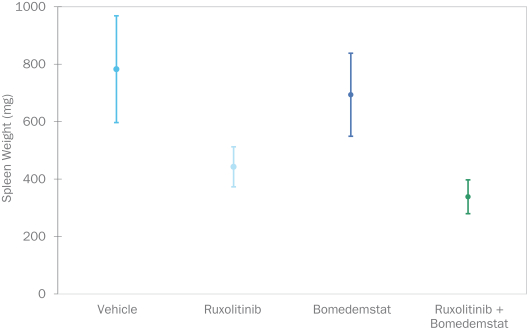Republic, Denmark, France, Germany, Iceland, Ireland, Israel, Italy, Japan, Netherlands, Norway, Spain, Sweden, Switzerland and the United Kingdom. Patent applications are pending in Brazil, Canada, China, India, Mexico, New Zealand, South Africa, South Korea and the United States. The issued U.S. patents in the first patent family are projected to expire, inclusive of patent term adjustment, in 2034, not including any patent term extensions that may be available. Corresponding foreign patents are generally projected to expire in 2034, not including any patent term extensions that may be available.
The second patent family covering the composition-of-matter of bomedemstat or methods of its use includes two issued U.S. patent and one granted foreign patent in Japan. Patent applications are pending in the Australia, Brazil, Canada, China, Europe, India, Israel, Japan, Mexico, New Zealand, South Korea and the United States. The issued U.S. patents in the second patent family are projected to expire, inclusive of patent term adjustment, in 2036, not including any patent term extensions that may be available. Corresponding foreign patents are generally projected to expire in 2036, not including any patent term extensions that may be available.
The third patent family covering methods of treating myeloproliferative neoplasms with bomedemstat includes one pending U.S. application. Any patents that may issue from this family are generally projected to expire in 2036, not including any patent term extensions that may be available.
The fourth patent family covering a stereospecific ketoreductase synthesis of an intermediate used to make bomedemstat includes one pending U.S. application and one pending application in each of China and Hong Kong. Any patents that may issue from this family are generally projected to expire in 2037, not including any patent term extensions that may be available.
The fifth patent family covering a process for preparing bomedemstat includes one pending U.S. application and one pending application in China. Any patents that may issue from this family are generally projected to expire in 2037, not including any patent term extensions that may be available.
The sixth patent family covering a method of treating myeloproliferative neoplasm with bomedemstat includes a pending application under the Patent Cooperation Treaty. Any patents that may issue from this family are generally projected to expire in 2040, not including any patent term extensions that may be available.
The seventh patent family covering a formulation of bomedemstat includes a pending U.S. provisional application. Any patents that may issue from this family are generally projected to expire in 2041, not including any patent term extensions that may be available.
As of March 1, 2021, we also owned a patent family drawn to irreversible LSD1 inhibitors, including a pending U.S. patent application and pending patent applications in Australia, Brazil, Canada, China, Europe, Israel, India, Japan, Mexico, New Zealand, Philippines, Russian Federation, Singapore, South Africa and South Korea. The patent family is directed to composition-of-matter coverage of the inhibitors, formulations, and methods of use (including combination therapy) in the treatment of certain LSD1-mediated diseases or disorders including cancers. Any patents that may issue from this family are generally projected to expire in 2039, not including any patent term extensions that may be available.
Our commercial success will depend in part on obtaining and maintaining patent protection of our current and future drug candidates, as well as successfully defending these patents against third-party challenges. Our ability to stop third parties from making, using, selling, offering to sell or importing our drugs depends in large part on the extent to which we have rights under valid and enforceable patents that cover these activities. We cannot be sure that patents will be granted with respect to any of our owned pending patent applications or with respect to any patent applications filed or licensed by us in the future, nor can we be sure that any patents that may be granted to, or licensed by, us in the future will be commercially useful in protecting our drug candidates, discovery programs and processes. Moreover, we cannot be sure that any of our owned patents will not be challenged, invalidated or circumvented or that such patents will be commercially useful in protecting our technology.
The term of individual patents depends upon the legal term of the patents in the countries in which they are obtained. In most countries in which we file, including the United States, the patent term is 20 years from the earliest date of filing a non-provisional patent application. In the United States, the patent term of a patent that
97



